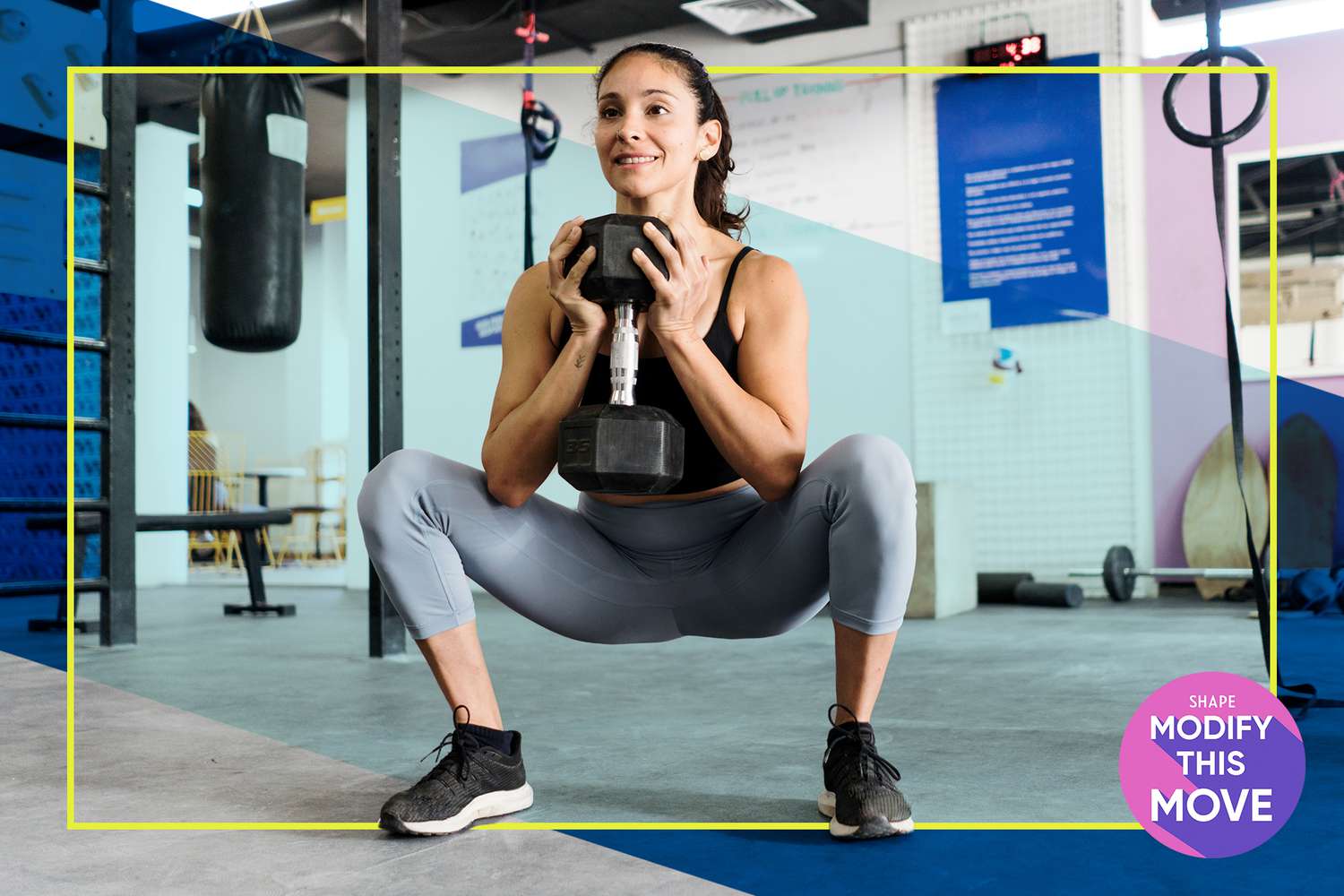Essential Adjustments for 5 Common Exercises During Pregnancy

Staying physically active throughout your pregnancy can have a positive impact both on you and your unborn baby. Engaging in pregnancy approved exercises does not only enhance your safety but also aids in relieving stress, fostering your baby’s in-womb development and growth, shortens labor, and facilitates more effective recovery post-delivery.
There are particular exercises to be avoided during pregnancy, and some that need a bit of alteration to ensure safety and effectiveness. Given that over 85% of women will eventually conceive at some point in their lives, it is important to understand how to modify training during this period so as to enjoy the safety and pleasure that comes with exercise.
If your health care provider approves, you can safely engage in a variety of strength training exercises that can be beneficial. Some examples are squats, hinged moves, bridges, lunges, and loaded carry variations, in addition to exercises including rows, presses, and pulldowns for pulling, as well as core stabilization and strengthening moves. These can form part of any well-structured exercise routine.
Hip-dominant exercises, rowing moves, and core stabilization exercises can be particularly beneficial both during and after pregnancy. These exercises, however, need some modification to accommodate the gradually expanding abdomen and the pressure this puts on your muscles and joints. Outlined here are five exercises that can be appropriately adjusted during pregnancy.
Front planks are effective for core stability and can be done safely when attempting to conceive, during the initial trimester, and in some cases, at the start of the second trimester. However, they should not be done if the belly droops or bulges, which can enhance the separation of the abdominal wall (diastasis recti).
Rather than doing regular planks, perform them inclined as this will decrease the load on the abdominal and back muscles. This is how to do the incline front plank correctly.
Glute bridges are an example of a hinging, hip-dominant exercise that boosts glute strength, which subsequently offers protection to your back and pelvis from pregnancy associated strains and aches. Bridges also enhance your gluteal awareness, thus improving muscle activation which can be missing in many people with anteriorly tilted pelvises and stretched hamstring muscles.
Laying flat on your back is however not recommended after the first trimester. Therefore, swapping this out with a hip thrust while your back is raised would be a suitable alternative. Here is how you can correctly do a bodyweight hip thrust.
Squats are good for enhancing the strength of spinal stabilizing muscles, pelvic floor, quadriceps and pelvic opening, while building functional strength which is crucial for everyday tasks during pregnancy. However, squats using weight or barbells or those done in a wider stance can be challenging during the advanced stages of pregnancy due to a resulting heaviness in the perineum region or urine leakage.
To manage this, you can try doing a squats with a narrower stance and lesser weight, with the weight carried in the front. Here’s the correct way to do a pregnancy-adapted goblet squat.
Pulling and rowing movements should be included in pregnancy exercises to counter rounded shoulders and strained postural muscles. Building back strength and stability can counteract the effects of your changing center of gravity due to the expanding belly.
However, bent-over rows can place excessive stress on your lower back and may lead to a sensation of heaviness or bulging in your abdomen. So, opt for seated rows, which work the same muscles without straining them. These can be done using a cable machine or resistance bands. Here's how to do them.
Pushups are excellent for chest strengthening and enhancing core stability as well as shoulder strength and mobility. But as you get heavier, particularly in the front, they may get stressful and lead to low back strain. In such a case, using a resistance band for pushups can be helpful, adding assistance at the bottom. Here's how to do band-assisted pushups.




